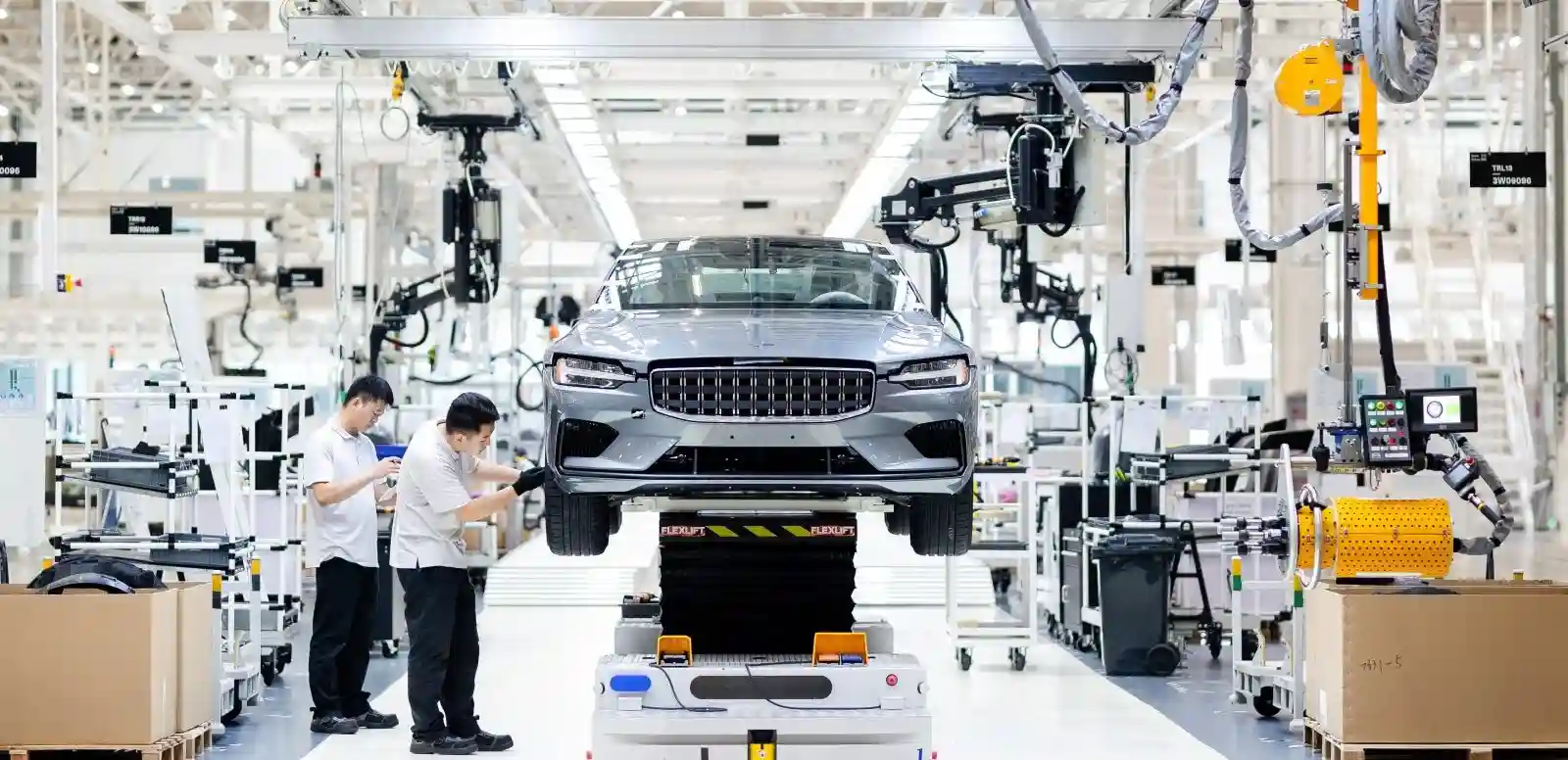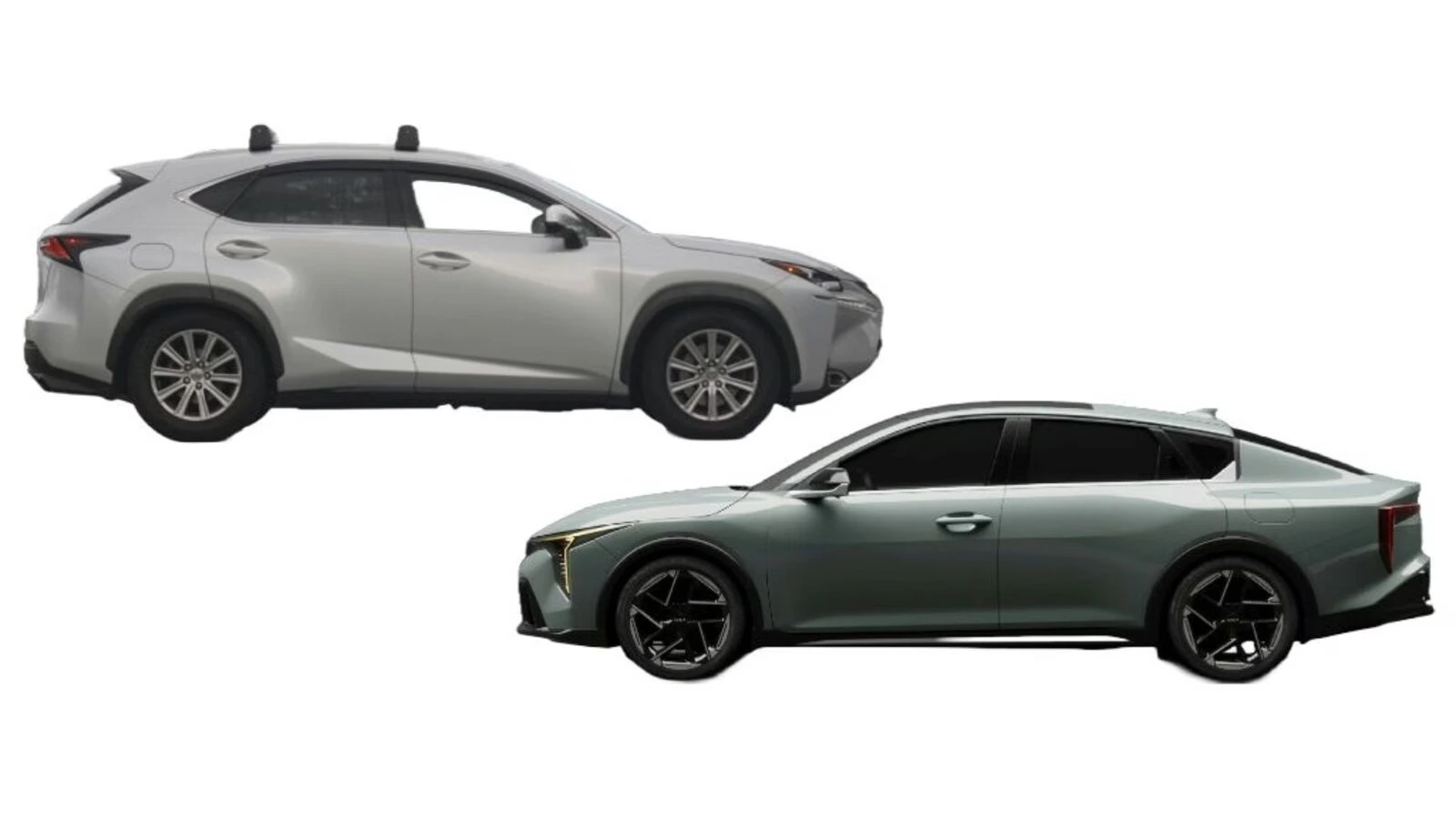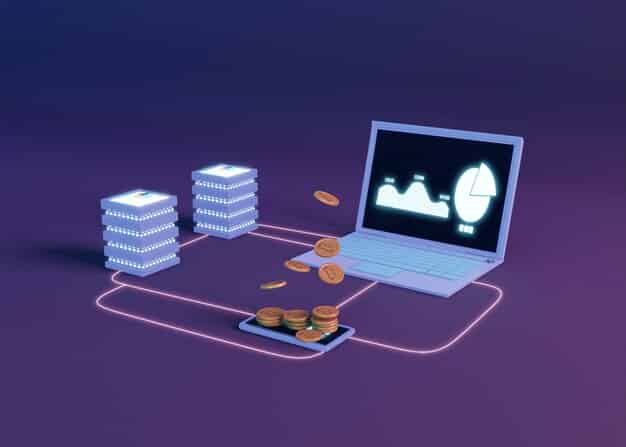3D Printing in Car Manufacturing Explained
Mia Wilson

Photo: 3D Printing in Car Manufacturing Explained
3D Printing in Car Manufacturing Explained
The automotive industry has long been a hub of innovation, constantly evolving to embrace cutting-edge technologies. Among these, 3D printing, also known as additive manufacturing, has emerged as a transformative force. This revolutionary technology is reshaping how cars are designed, prototyped, and produced, offering significant benefits in efficiency, customization, and cost reduction. In this article, we’ll explore how 3D printing is applied in car manufacturing, its advantages, challenges, and future potential.
What Is 3D Printing in Car Manufacturing?
3D printing in car manufacturing refers to the use of additive manufacturing techniques to create automotive components layer by layer from digital models. Unlike traditional manufacturing, which often involves subtractive processes like cutting or machining, 3D printing adds material precisely where needed. This allows for the creation of complex geometries that were previously impossible or cost-prohibitive.
Commonly Used Materials in 3D Printing for Automotive
- Plastics – ABS, polycarbonate, and nylon are frequently used for interior parts and prototypes.
- Metals – Aluminum, titanium, and stainless steel are ideal for structural and performance components.
- Composites – Carbon-fiber-reinforced polymers provide strength and lightweight properties, crucial for high-performance vehicles.
Key Applications of 3D Printing in Car Manufacturing
1. Rapid Prototyping
One of the earliest and most widespread uses of 3D printing in the automotive industry is rapid prototyping. Engineers can quickly design, test, and modify components, accelerating the development cycle.
Example:
Ford employs 3D printing to prototype new car parts in hours rather than weeks, significantly reducing time to market.
2. Custom and Replacement Parts
3D printing enables the production of bespoke parts tailored to specific vehicles or customer preferences. This is particularly valuable for luxury and vintage cars, where replacement parts can be scarce or nonexistent.
Example:
Bugatti uses 3D-printed titanium brake calipers for its hypercars, combining strength with lightweight design.
3. Tooling and Fixtures
Additive manufacturing streamlines the production of specialized tools, jigs, and fixtures needed on assembly lines. These custom tools improve precision and reduce costs.
4. End-Use Parts
Beyond prototypes, manufacturers now use 3D printing for final, production-grade components. This trend is growing as material and printing technologies improve.
Advantages of 3D Printing in Car Manufacturing
1. Cost Efficiency
Traditional manufacturing involves expensive molds and tooling, which can be bypassed with 3D printing. This results in significant cost savings, especially for low-volume production.
2. Speed and Flexibility
3D printing dramatically reduces lead times, allowing manufacturers to respond swiftly to design changes or market demands.
3. Design Freedom
Engineers can create intricate designs that are impossible with conventional methods, enhancing performance and aesthetics.
4. Sustainability
Additive manufacturing generates less waste compared to subtractive techniques, aligning with the automotive industry’s push for greener practices.
Challenges of 3D Printing in Car Manufacturing
Despite its promise, 3D printing faces several hurdles in widespread adoption:
1. Material Limitations
The range of materials compatible with 3D printing is still limited compared to traditional methods. Not all materials meet the performance or durability standards required for certain automotive parts.
2. Scale and Speed
While 3D printing excels in small-scale production, it struggles to match the speed and efficiency of mass production lines.
3. Quality Control
Ensuring consistent quality in 3D-printed parts remains a challenge, especially for safety-critical components.
4. High Initial Investment
The cost of industrial-grade 3D printers and related infrastructure can be prohibitive for smaller manufacturers.
The Future of 3D Printing in the Automotive Industry
As technology advances, 3D printing is expected to play an even more significant role in car manufacturing. Here are some trends shaping its future:
1. Integration with AI and IoT
Artificial intelligence and the Internet of Things (IoT) are enhancing 3D printing by optimizing designs, predicting failures, and enabling smart, connected manufacturing systems.
2. Greater Adoption of Hybrid Manufacturing
Combining 3D printing with traditional techniques offers the best of both worlds, allowing manufacturers to balance speed, cost, and quality.
3. Development of New Materials
Ongoing research is expanding the range of materials available for 3D printing, including high-performance alloys and biodegradable polymers.
4. Fully 3D-Printed Cars
While still in its infancy, the concept of fully 3D-printed cars is becoming a reality. Companies like Local Motors have already demonstrated this possibility with their Strati model, which was printed in just 44 hours.
Conclusion
3D printing is revolutionizing car manufacturing by enabling rapid prototyping, customization, and cost-efficient production. While challenges remain, ongoing advancements in technology and materials are poised to overcome these barriers. As the automotive industry continues to embrace sustainability, innovation, and efficiency, 3D printing will undoubtedly play a pivotal role in shaping the cars of tomorrow. Whether it’s creating lightweight components for electric vehicles or crafting bespoke interiors for luxury cars, the possibilities are virtually limitless.
By leveraging the power of 3D printing, automakers are not just building vehicles they’re redefining the future of mobility.
For You
View AllFind out whether an SUV or a sedan is the better choice for your lifestyle. Compare space, performance, and efficiency now!
Mia Wilson
Discover the importance of health education in promoting wellness and preventing diseases. Start your journey to health today!
Mia Wilson
Get insights into VPS hosting prices and how to choose an affordable plan.
Mia Wilson
Save money while traveling with these 10 genius budget travel hacks. Explore the world without emptying your wallet!
Mia Wilson
Dive into special education, its purpose, and how it supports students with unique needs. Learn how it changes lives!
Mia Wilson
Learn why physical education is essential for health, academics, and personal growth. Get inspired to stay active!
Mia Wilson
Health










Education
View All
June 1, 2025
What Is Your Philosophy of Education?
Reflect on your philosophy of education, its core values, and how it influences teaching and learning practices. Discover your approach today!

April 14, 2025
What Is Physical Education? Explained!
Discover the importance of physical education, its benefits, and why it's crucial for overall development. Learn more now!

April 19, 2025
What Is Higher Education?
Understand higher education, its benefits, and how it shapes future opportunities. Explore your potential now!





